Each side of the fascia for this porch roof is made from a single piece of wood, the bottom stepped detail achieved with a Japanese skew plane.
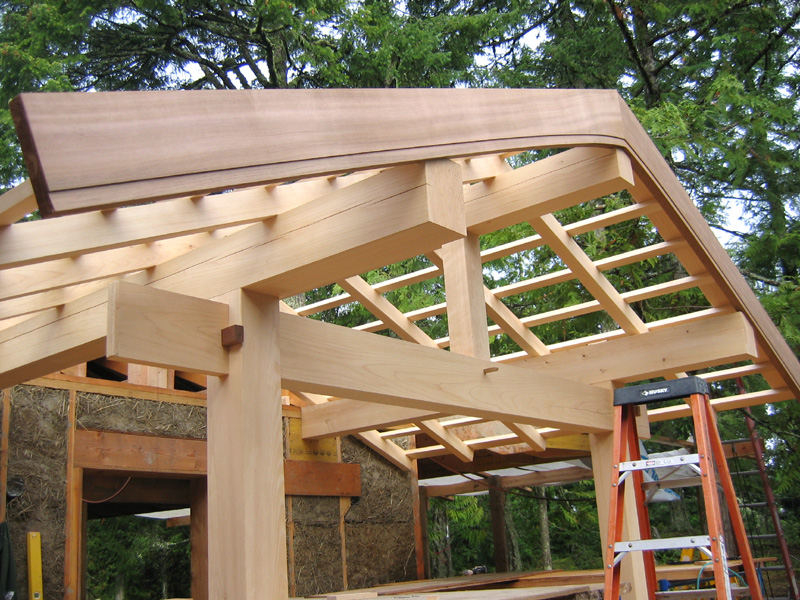

Each side of the fascia for this porch roof is made from a single piece of wood, the bottom stepped detail achieved with a Japanese skew plane.
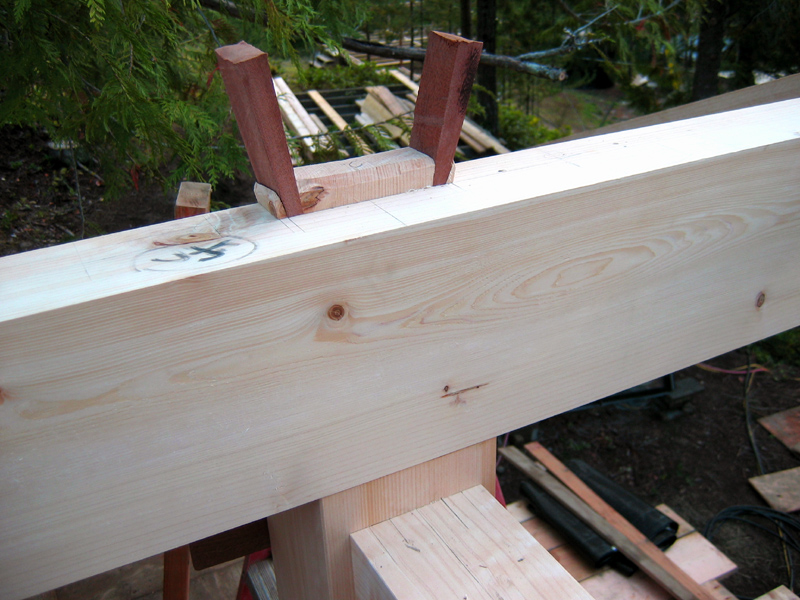
Rather than the more common through tenon joint where wedges are pounded through square holes in the tenon, this joint uses wedges in a creative way to make a very secure wooden joint option.
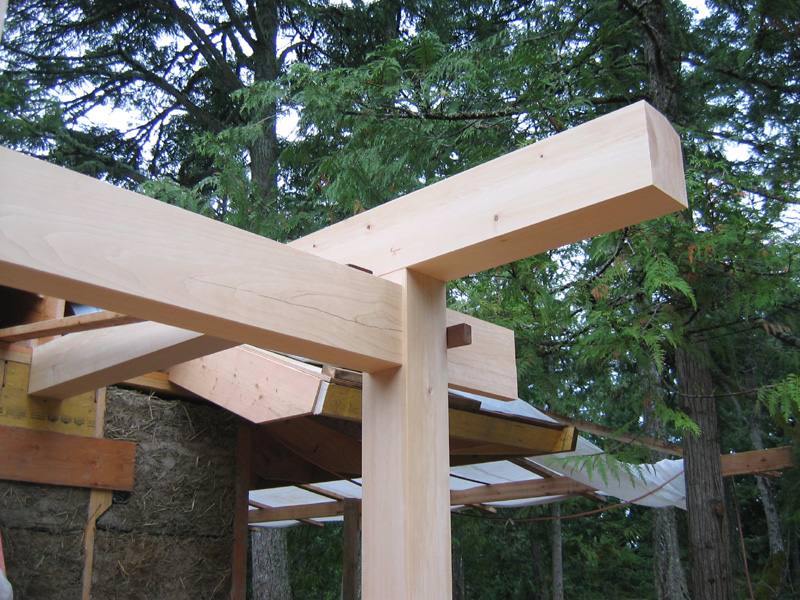
The first roof beam is installed in a front porch for a light clay/fibre home. Rafters will sit on two roof beams and a ridge beam as the base of the Japanese layered roof system.
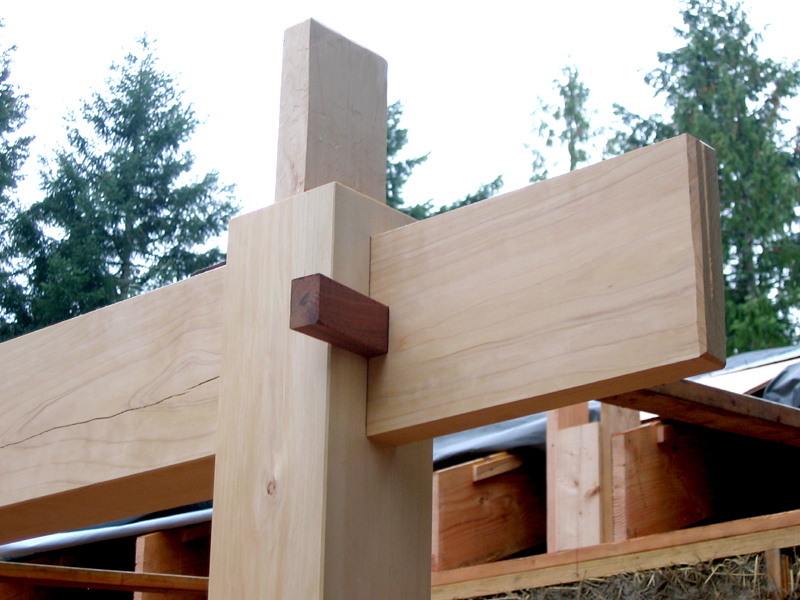
The through tenon is installed in the receiving post and secured with a wedge made of mahogany wood that was hand sawn and hand planed.
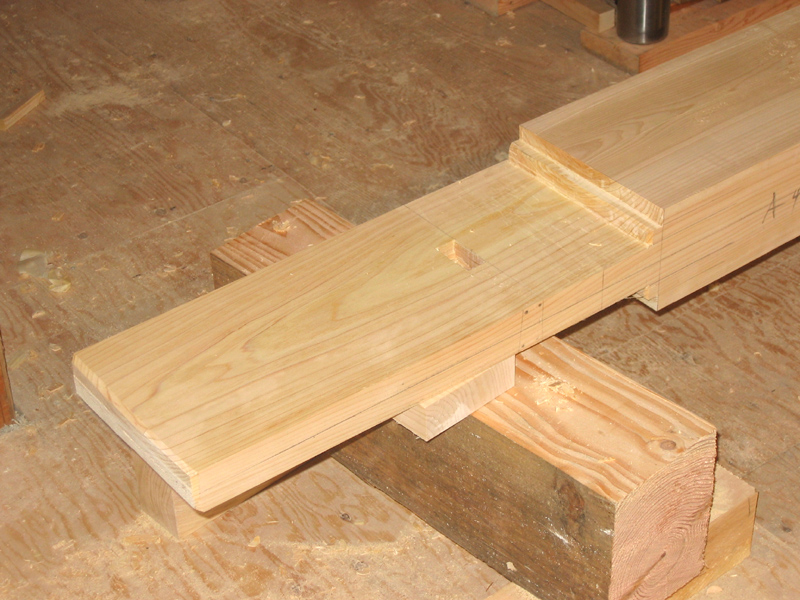
The Japanese through tenon in this photo has a special feature that improves the performance of the joint in a timber frame.
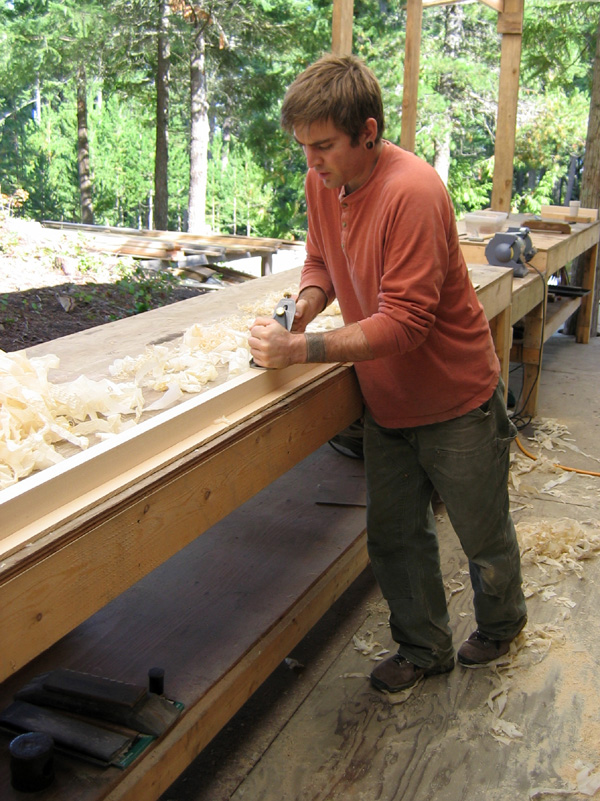
When properly sharpened and set up, a hand plane can produce a finish that is much finer and smoother than sand paper could ever achieve.
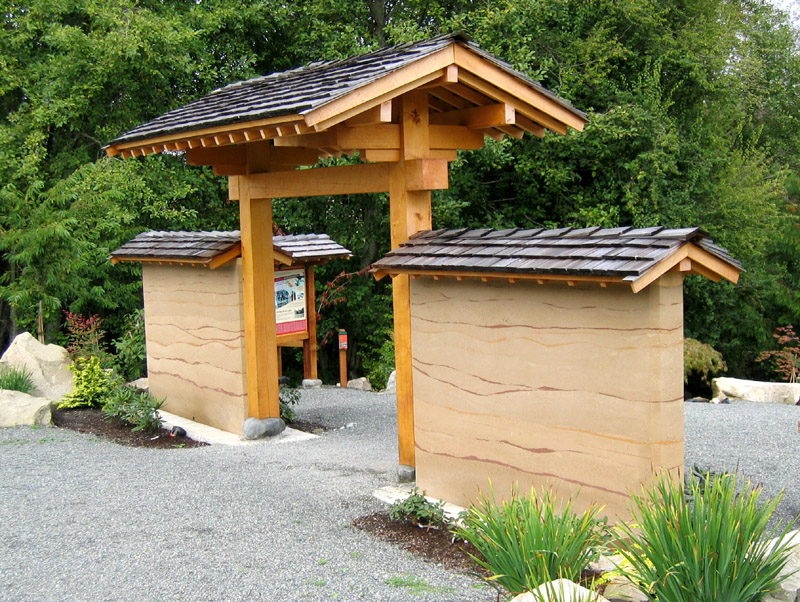
Graced with a layered roof typical of Japanese architecture, Tim was inspired by this gate that welcomes visitors to Hope Park in Ganges on Salt Spring Island, British Columbia.
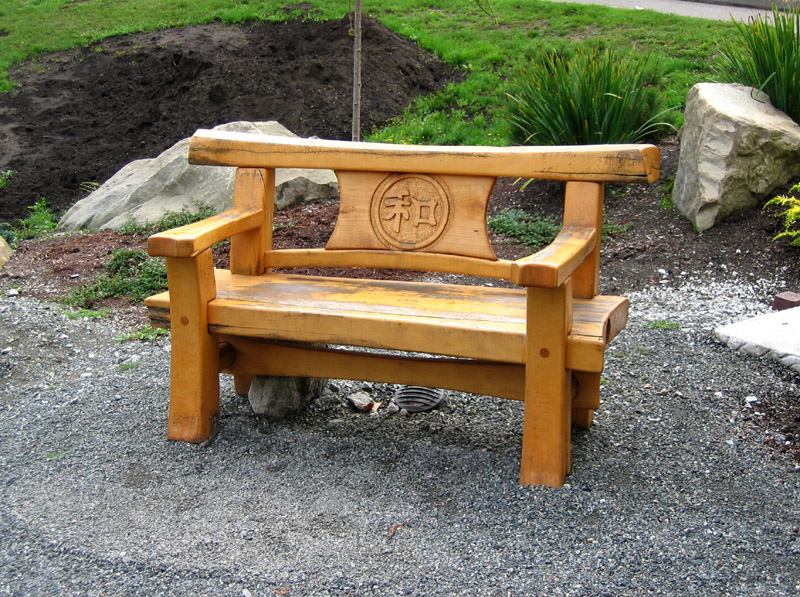
This bench is an example of Japanese influenced timber furniture. The curving lines of the bench are similar in style to the curved roofs found in Japanese temples.
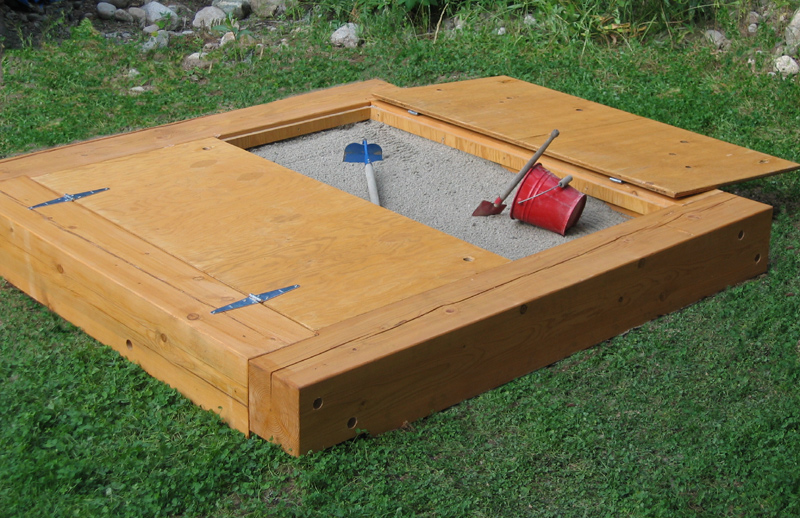
Timbers salvaged from an old or unused building can be planed and refinished, reducing the ecological footprint of a new project. Here is a fun application for reused timbers: a sandbox!
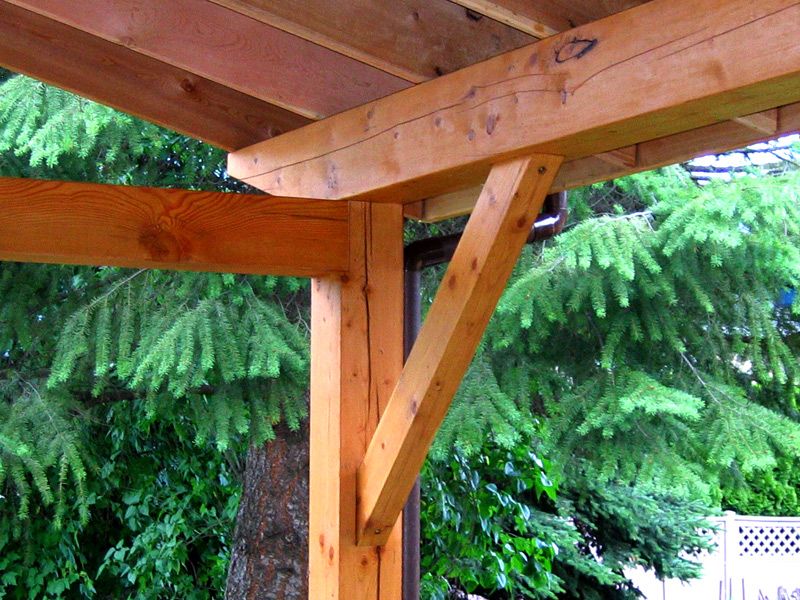
In post and beam timber work, some notching is done to assure structural integrity of the frame, and the timbers must be held together with hardware. This differs from the mortise and tenon wood joinery of traditional timber framing.